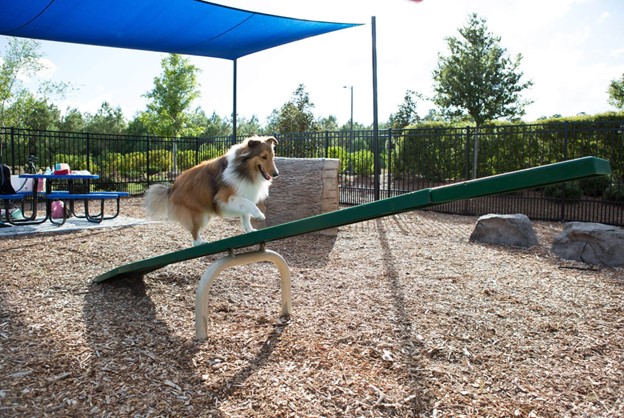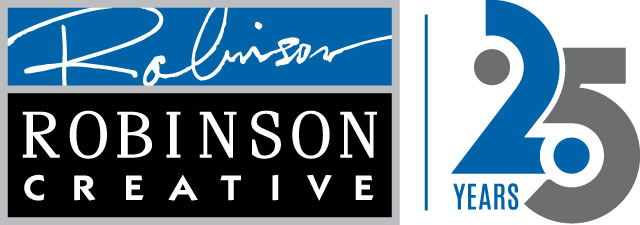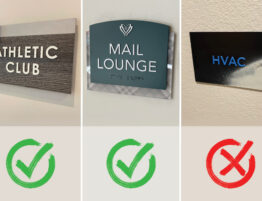
As dog parks grow in popularity, their maintenance becomes an ongoing responsibility for municipalities and businesses alike, including hotels and airports. For apartment communities, dog parks are essential amenities, offering residents a space for their pets. Regular updates, cleaning, and features enhance resident retention. Successful dog park management requires consistent participation, effective communication with residents, and clear rules. Attractive “Dog Park Rule” signs should reflect SPCA recommendations. Planning and budgeting for maintenance is crucial. The following guidelines will help dog park owners develop tailored maintenance plans.
Sanitation

- While ideally, all owners should pick up their dog’s waste, it’s essential to plan for regular inspection and dispose of inadvertent waste left behind.
- Use pet-friendly cleaners or deodorizers as needed on turf, fencing, etc. Be sure to check labels for toxicity and look for specific pet-friendly formulations.
- Resupply dog waste bags.
- Empty dog waste disposal stations.
- Encourage local dog clubs or groups to “sponsor” clean-up days at the dog park to help monitor and improve sanitation.
- Empty trash receptacles.
- While outside toys and treats should be discouraged, as they may create competitive situations between dogs, be sure to pick up and dispose of any left-behind outside dog toys.
Landscaping

- Ensure that plantings inside the dog park perimeter are non-poisonous to people and pets.
- Maintain sightlines throughout the dog park by keeping interior plantings trimmed and neat.
- Inspect plants within the dog park for damage caused by urine and chewing and consider replacement plants that are not as susceptible. As an example, some dogs like to chew grass, and it is easily browned by repeated urination. You may wish to consider artificial turf, some of which comes with anti-microbial properties, as an alternative.
- Inspect plantings used around the outside perimeter of the dog park, trim and replace as necessary. Ensure there are no “escape routes” tunneled, dug, or otherwise established to ensure dogs stay contained within the dog park.
- Fill any holes that have been dug.
- Water grass and feed as necessary. Overseed or replace damaged grass. Mow grass as needed.
- Replenish decomposed bark or wood chips.
- On overly warm days, check surfaces, especially if sand is used, to ensure it isn’t too hot, as some surfaces may become too hot in direct sunlight for dogs’ paws.
- Remove snow as necessary.
- Remove weeds. Although this can be labor intensive, it is NOT recommended to use toxins to kill weeds and noxious plants as they can be poisonous to dogs.
- Inspect dog park for insects, especially fleas. If flea treatments are necessary, ensure that the proper precautions are taken, and consult with the exterminator whether it is prudent to keep the park closed during treatment.
Equipment Maintenance
- Inspect and test all amenities for damage.
- Inspect tunnels for debris and remove as needed.
- Check and tighten all bolts on equipment and seating.
- Inspect dog waste stations, refill bags, and empty used waste bags as needed.
- Empty trash receptacles onsite.
- Ensure all amenities are free of graffiti.
- Ensure shade structures are inspected and maintained, and that shade fabric is undamaged.
Utilities
- In areas where winter freezes occur, consider the effects on the dog park. Will water sources like fountains and wash stations need to be turned off? Will freezing affect the surfacing or plantings negatively?
- Inspect and test water fountains and wash stations to ensure they are operating correctly.
- Ensure all lighting is working, properly secured, and that no wires are conduit are exposed
- If electric/battery operated gates are used, ensure they are working properly, and that batteries are replaced regularly.
Fencing

- Inspect fencing perimeter inside and outside the park to ensure escape tunnels have not been dug, and that the fence is secure in all areas.
- Check that all fence hardware is intact
- Ensure fencing is properly anchored
- Check to make sure all bolts and screws are flush with the surface and there are no exposed sharp points
- Inspect all gates and locking mechanisms to ensure they move and can lock properly.
SOURCE: https://www.playcore.com/about








